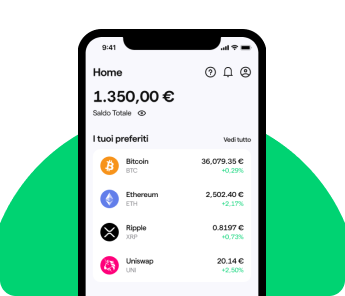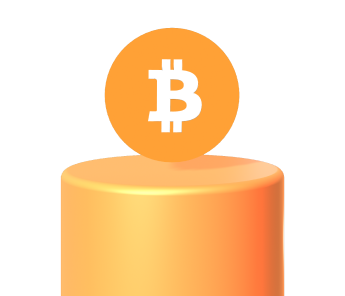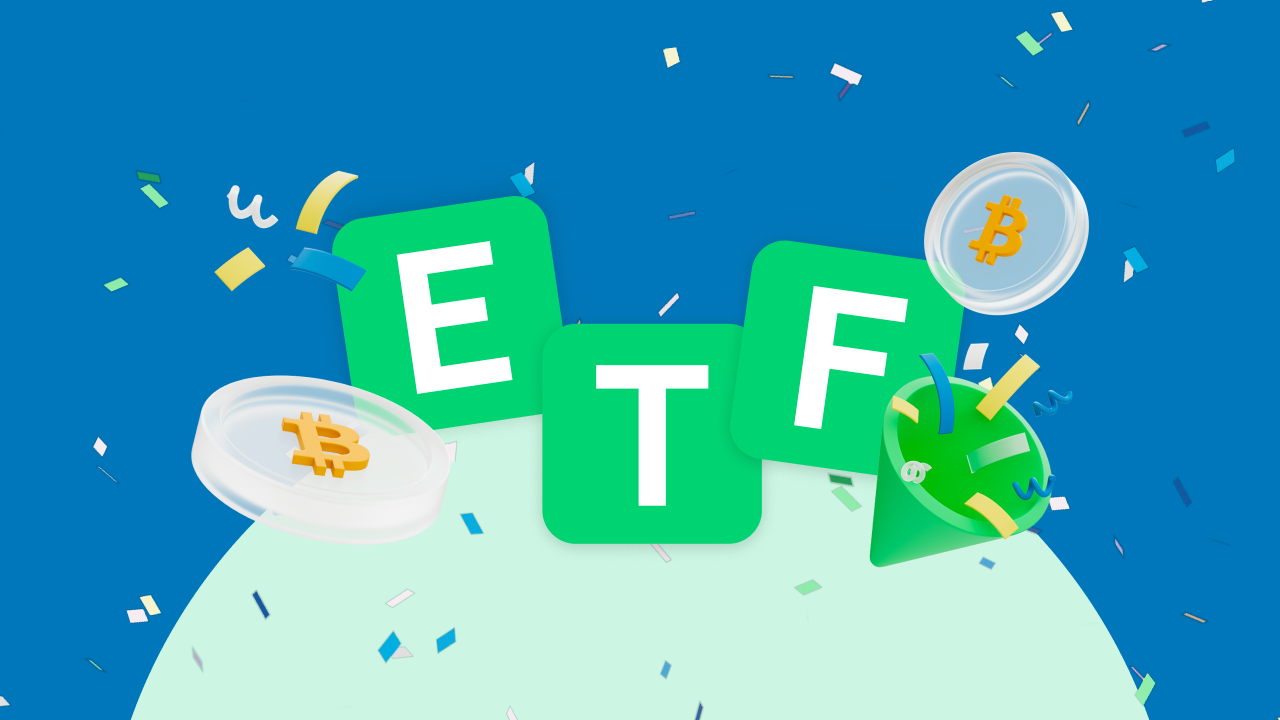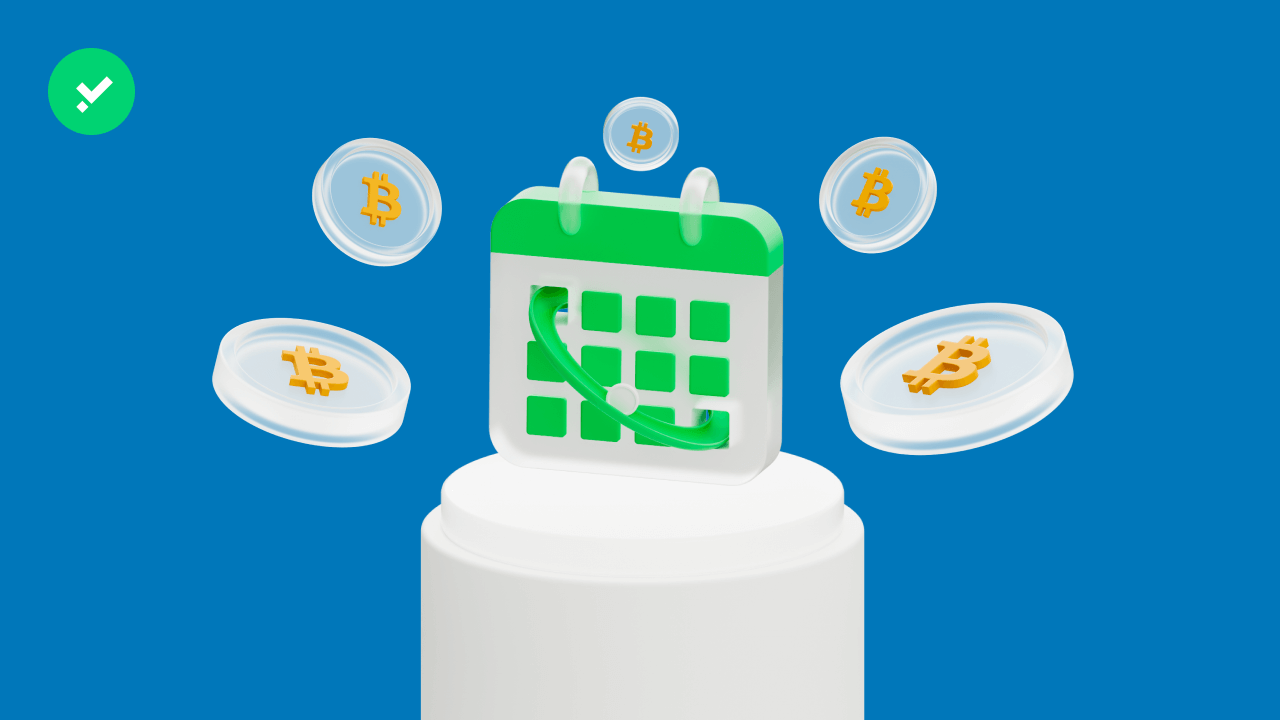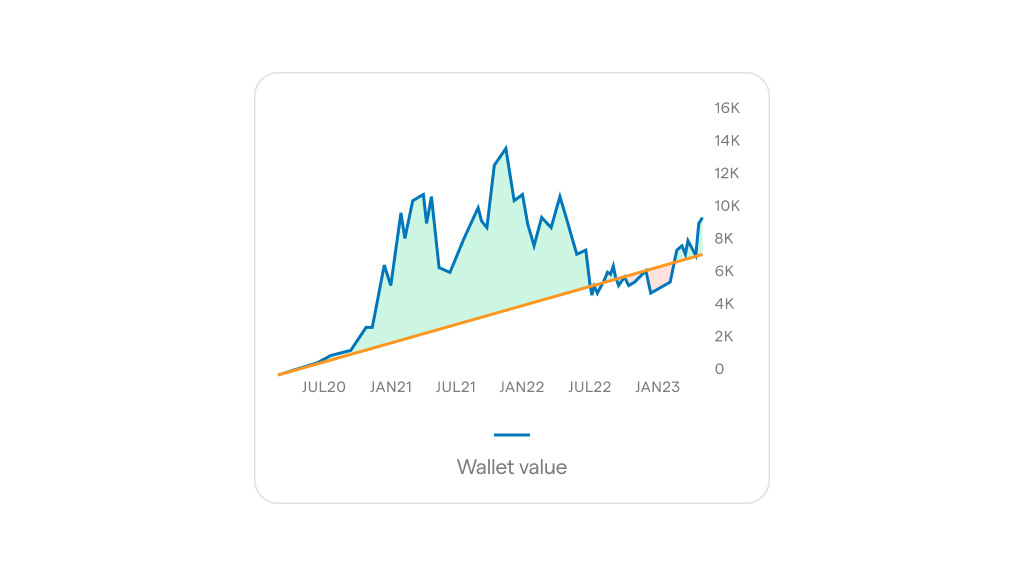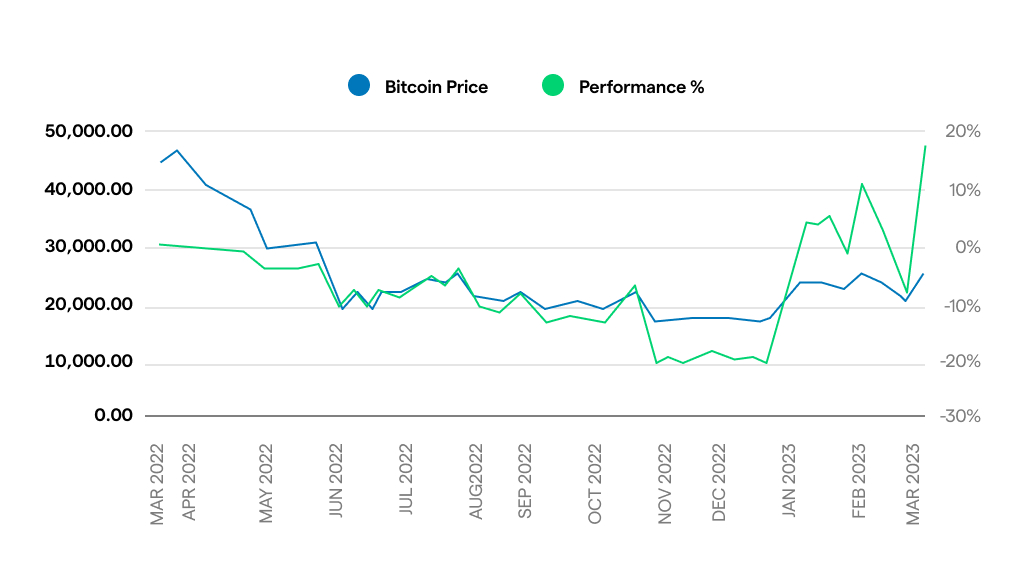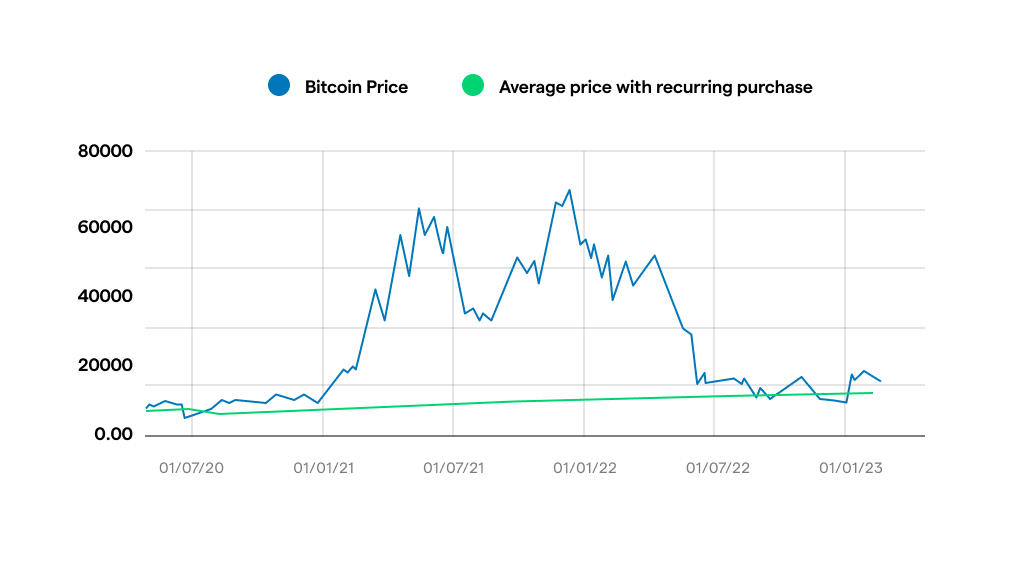What is MiCAR, and what is the Eurozone market’s crypto regulation? Read the complete guide.
What is the MiCAR regulation, and what does it provide for? A more than legitimate question after the European Parliament approved in June 2023 the document that will regulate the cryptocurrency market in the Eurozone, published in the Official Journal of the European Union, and which will gradually come into effect during 2024.
This document is known by the acronym MiCAR or MiCA, which stands for Markets in Crypto-Assets and is the first EU regulation governing the cryptocurrency sector.
This regulation package aims to ensure investor protection through transparency obligations, requirements to operate, and prevention of abuse and to bring systemic order to the crypto asset sector.
Let’s see what it establishes and how it changes the crypto landscape.
From ICOs to MiCAR
The regulation of MiCAR was inspired by the phenomenon of crypto public offerings activities in 2017, better known as Initial Coin Offerings (ICOs). These have particularly attracted the attention of national and European lawmakers and regulators.
The announcement in 2019 of the development of Libra, Facebook’s stablecoin, prompted states to approve regulation on this type of cryptocurrency quickly. Libra would have allowed the transfer of a private currency to billions of users within the closed circuit of the blockchain.
The opportunities provided by MiCAR
The basic idea is that crypto assets have the potential to become efficient means of raising capital for small and medium-sized enterprises and, due to their inherently transnational nature, to offer themselves as instruments for new payment services while maintaining the European Union as a pole of
Ensuring a unified regulatory framework would lead Europe to strengthen its industrial and innovation capacity within safe and ethical limits. Indeed, this Euro-unified regulation is unique worldwide and can turn Europe into the first ‘continental’ single market for new assets, securing it a leading position vis-à-vis other jurisdictions, including the United States.
The current regulatory environment of cryptocurrencies
The European regulatory situation on crypto is highly fragmented and evolving. Each country has adopted its laws, making regulatory harmonisation difficult. France, for instance, has regulations for ICOs (Initial Coin Offerings), whereas Germany classified crypto as a digital currency and subjected it to specific taxation some time ago. Italy has also introduced the taxation of cryptocurrencies within the Budget Law for 2023.
The starting point: what is a cryptocurrency?
The EU’s first attempt was to search for a term and definition encompassing most types of cryptocurrencies and related activities.
Hence, the term ‘crypto-asset’, defined as ”’a digital representation of a value or right that can be transferred and stored electronically, using a distributed ledger or similar technology”, was introduced.
MiCAR: what it provides for crypto projects
The MiCAR addresses both crypto-asset issuers and crypto-asset service providers (CASPs).
From now on, crypto-asset issuers can operate with prior authorisation. They must comply with various requirements, including transparency requirements and publishing a “white paper” detailing the rights and risks associated with the issued asset. Specific categories of crypto-assets must also comply with specific reserve, governance and price stabilisation requirements.
The whitepaper will thus provide transparency on aspects such as system architecture, security mechanisms, governance strategies and the intended use of the technology, thus facilitating investors’ understanding of the project.
Additionally, CASPs (Crypto-Asset Service Providers) will need to register with national authorities and adhere to strict standards to protect their users.
MiCAR: what it provides for exchanges
The MiCAR stipulates that all companies providing crypto-asset-related services, such as custody, exchange, advisory, and others, must register with national regulators and adhere to strict organisational, operational, and business conduct standards. These standards include protecting clients’ assets, preventing conflicts of interest, and ensuring market transparency. The new framework also holds CASPs directly liable in case of bugs, exploits or insolvency. This will ensure that users are compensated if part of the platforms’ capital is lost. Furthermore, CASPs must keep a history of all transactions processed on their platform for at least five years.
MiCA: Combating Money Laundering Regarding anti-money laundering, the monitoring and enforcement of current regulations will be entrusted to the EBA (European Banking Authority). The entity will also maintain a register of companies that will be prohibited from engaging in CASP activities in the EU, which it will use to restrict the entry of organisations considered to be at “high risk” of money laundering into the market. Additionally, all companies dealing with Proof-of-Work crypto-assets must regularly submit documents attesting to their environmental impact. MiCA does not ban PoW cryptocurrencies but limits their spread by cutting public incentives directed towards this type of technology.
Crypto-assets as Financial Instruments While issuers must comply with MiCA directives concerning all crypto-assets that are not considered financial instruments, service providers must apply them regardless of the nature, value, or right that the crypto-asset incorporates.
The distinction between crypto-assets that can be considered financial instruments and those that cannot is a fundamental component of the entire regulatory framework. MiCA seeks to address all use cases of crypto-assets that were not previously covered by historical regulations, such as MiFID, which regulates crypto-assets akin to financial instruments, and PSD for those akin to electronic money and deposits.
Drawing on the principles of existing regulations, MiCA represents a new and complementary regulatory body which seeks to adapt to the peculiarities of the crypto sector.
New Legal Categorisation of Crypto-assets The first step was defining three categories of crypto-assets that, as mentioned, are not akin to financial instruments:
- Electronic Money Tokens (EMT)
- Asset-Referenced Tokens (ART)
- “Residual” Tokens
The classification of tokens is still evolving and will, therefore, require further clarification from the relevant Authorities.
Let’s see the definitions of the three categories of tokens.
E-money tokens
Electronic money tokens (indicated by the acronym EMT) include all those tokens that refer to the value of a single legal tender fiat currency, such as the euro or the dollar. The difference with ‘asset-linked tokens’ is right here: they link to the value of a single fiat currency.
This category would include many stablecoins, such as Tether, cryptocurrencies designed to maintain a stable value through a ‘pegging’ system to a trusted currency in a 1:1 ratio. The anchoring, whereby, for example, one unit of stablecoin always corresponds to 1 dollar, is ensured through currency reserves or algorithms.
With the MiCAR, issuers and EMT providers will mainly have to comply with these obligations:
- The European Banking Authority (EBA) will supervise and regulate all EMTs.
- EMT issuers will need an ‘e-money licence’, similar to a standard bank licence, but with strict limits that do not imply the possibility to operate as a credit institution.
Asset-referenced tokens
The second category, asset-referenced tokens (denoted by the abbreviation ART), include those tokens that are not EMTs and “aim to stabilise their value by reference to another value or right, or a combination thereof, including one or more official currencies.”
An example is Pax Gold, whose acronym is PAXG, an attempt to combine the advantages of gold and blockchain. This stablecoin reproduces 1:1 the value of gold, the precious metal of which its reserves are also composed. Pax Gold is issued by Paxos Trust Company. Thanks to this stablecoin on the blockchain, even small and fractional amounts of gold can be purchased.
With the MiCA, issuers and providers of ART will be subject to additional obligations, such as:
- Unless deemed ‘significant’, all ARTs will be supervised by the European Securities and Markets Authority (ESMA). They are significant when they exceed certain thresholds, such as a market capitalisation of more than 5 billion. In this case, the EBA will take over.
- Only token issuers with a registered office in the EU can issue ARTs.
- ARTs not pegged to a European currency will be controlled to preserve the EU’s monetary integrity.
The interpretive debate on EMT and ART
The debate on the definition of ART is particularly heated. It seems to extend to all stablecoins, thus constituting a broad set that includes the more specific one of EMT. However, for some, the interests and rights associated with ART are not easily compatible with those of EMT.
Regardless of first impressions, it is clear that these definitions remain too limited to cover the various facets of stablecoins fully. A regulation that truly reflects the sector’s technological and legal characteristics will require true collaboration between the cryptocurrency world and the regulatory authorities, not a cramped ‘copy cut’ of the old regulations for the crypto market.
Residual tokens
The third category, the ‘neither meat nor fish’ category, includes all ‘residual’ tokens. This general category also includes utility tokens and all crypto-assets that do not qualify as ART or EMT—that is, those that do not peg their value to a fiat currency or basket of assets.
Utility tokens provide digital access to a specific product or service. The MiCAR rules require transparency here but are less restrictive than those for EMTs and ARTs.
Companies issuing this type of token must create a White Paper, which must be published on the website of the organisation issuing the cryptocurrency.
This document should contain all fundamental information about the token, such as a detailed project description, how crypto is issued and sold, and the technologies on which it is based.
The case of Bitcoin
Although bitcoin (BTC) falls under ‘residual tokens’ in terms of categorisation, the exclusion from the Regulation is clarified in the Considerando. Here, it is said that the rule does not apply when a crypto asset is automatically created as a reward for blockchain maintenance or transaction validation.
This regulatory approach demonstrates the choice to exclude blockchain technology’s most innovative and dynamic aspects. The division into three categories, while including a residual open category, excludes many crypto assets, effectively ignoring Bitcoin.
It is almost as if placing it in limbo, neither currency nor financial instrument, is the best way to make it as harmless as possible. This is if it is true that every good or bad law ends up being perceived positively because its mere existence can incentivise investment and a certain trust in the entire ecosystem.
The fact remains that we continue to ignore the elephant in the room. Bitcoin is the most popular crypto asset by far, the number one by market capitalisation, with a dominance (Bitcoin’s valuation relative to the overall cryptocurrency market valuation) of over 50%. In addition, almost all of the market players for which MiCAR is intended offer related services. Bitcoin is unique in its decentralised governance characteristics, against which the regulator’s ambitions of control continue to clash without finding a solution.
DeFi, the great absentee
DeFi is also outside the MiCAR framework.
DeFi is an issue, changing every criterion for imputing liability in decentralisation. Therefore, it is putting regulators worldwide in a quandary, uncertain how and whether creating an ad hoc rule makes sense.
It is also surprising that credit markets in crypto assets have been excluded from regulation, considering their reputation as one of the most risky areas for consumers, especially regarding the relationship between service providers and consumers.
MiCAR focuses on the risks associated with centralised platforms, whereas lending and staking crypto assets are more common on decentralised platforms. Although these activities often imply a certain centralisation of processes, raising doubts about whether decentralisation is truly decentralised and whether responsible parties can be identified, this does not seem to lead to a balanced supervisory framework.
NFTs are also missing
The exclusion of NFTs (Non-Fungible Tokens) from regulation is based on their distinctive characteristics. Unlike other crypto-assets, NFTs are unique and not easily interchangeable, which makes it difficult to determine their value through direct comparisons with other markets or equivalent assets.
Their uniqueness significantly reduces their use in the financial sector and the associated risks for the financial and monetary system (fiat). Consequently, the legislator decided to exclude them from the scope of certain regulations.
This does not imply that NFTs cannot be classified as financial instruments in the future. The discussion on NFTs is ongoing, and further guidelines on their classification and regulation may emerge.
Exchange wallets and private wallets: what changes with MiCAR?
Also, European laws aim to protect users when regulating crypto wallets. P2P payments between private individuals via cryptocurrencies have not been affected.
Finally, MiCAR also deals with the impact of crypto influencers, those who express personal opinions on certain cryptocurrencies by recommending them to their followers on social networks. The bill penalises those who do not behave transparently, expressing opinions on a particular asset without disclosing their exposure.
Industry opinion: pro-MiCAR
Crypto enthusiasts have known about the MiCAR and its provisions for several months. In fact, the first draft of the document was drafted in 2020, so they have had plenty of time to understand this regulation.
According to some experts, MiCAR is positively impacting the industry. The new framework’s consumer protection makes the crypto world more accessible. In addition, the new rules prevent suspicious or questionable companies from entering the European market, reducing the risk of scams or rug pulls. According to Dante Disparte, Circle’s Head of Global Policy, the laws will transform the European Union into a competitive and innovative crypto terrain.
Looking at the confusing and penalising regulatory situation in the US, MiCAR has become an example of how clear rules can attract developers and new projects. In Europe, investments in crypto projects are becoming the most numerous in the world.
Industry opinion: against MiCAR
On the other hand, critics think these new European laws could negatively affect the market. This is mainly because some transactions that, as of today, are carried out immediately, such as transactions between exchange wallets and withdrawals of large amounts of crypto, could become complicated. Critics, therefore, believe this will slow the adoption of cryptocurrencies.
In general, however, the opinions of members of the crypto community who have long known what MiCAR regulation is and what it provides are positive. After all, most of the pioneers in the field (such as Charles Hoskinson and Andre Cronje) have always favoured cryptocurrency regulation.
You are on the blog of Young Platform, the Italian platform for buying cryptocurrencies. Here you can find the latest news on blockchain, Bitcoin and Web3. We look closer at this emerging economy with an eye on traditional finance so you have everything you need to enter the new age of money.

Sign up to Young Platform
